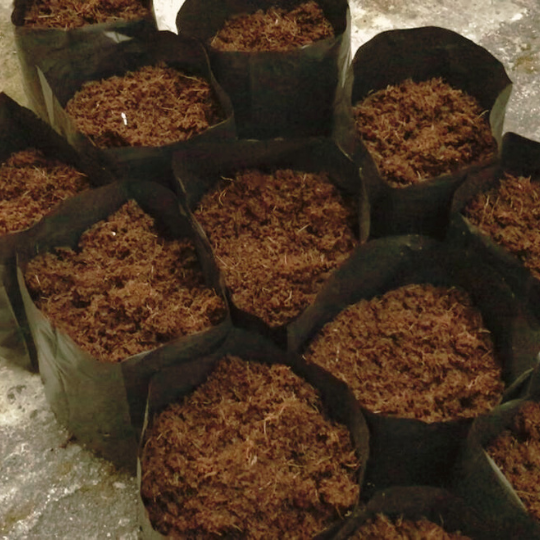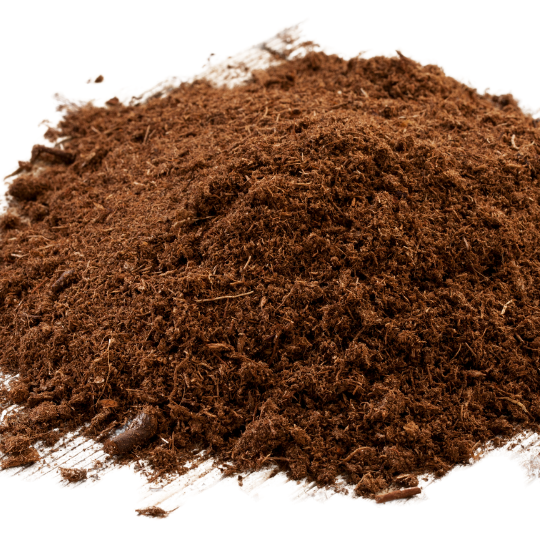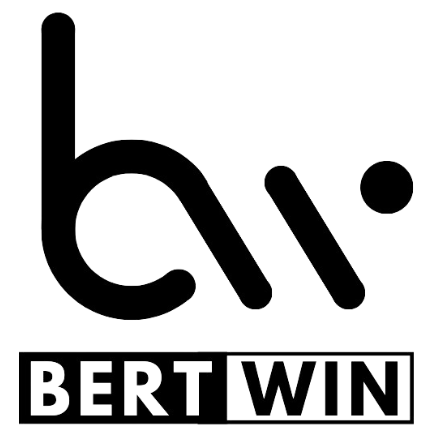
Coconut fiber, long utilized as a natural material, finds extensive use across various industries. Among coconut-derived products, coconut fiber, commonly known as coir, stands out for its diverse benefits. Understanding the coir production process is crucial for appreciating its manifold advantages.
Coir Production Process
The coir production process begins with coconut fruit harvesting. After harvesting, the coconut fruit’s husk is separated or squeezed to extract the stronger fibers, marking the initial stage of coir production. Subsequently, the separated fibers undergo a process called retting to distinguish long fibers from short ones. Retting involves soaking the fibers in seawater or freshwater for several months.
Following the retting process, the fibers are separated from the coconut husk and then sun-dried. This drying process allows the coir fibers to dry completely, rendering them ready for further processing. The coir fibers are then combed to separate coarse fibers from finer ones. After the combing process, the coir fibers are packaged and ready for distribution to factories requiring this coconut fiber raw material.

While the coir production process may seem straightforward, the benefits of the resulting products are extensive. One of the primary benefits of coir fibers is their use as a raw material in the textile industry. Coir fibers can be processed into yarn and then woven into fabrics for various purposes, such as carpet making, rope production, and footwear materials. Additionally, coir fibers are widely used in sports equipment production, including soccer balls and water sports gear.
In addition to textile industry applications, coir fibers can be utilized in construction materials. Coir can be incorporated into the manufacturing of construction materials such as particleboard, cement boards, and insulation materials. The use of coir in the construction industry helps reduce the use of hazardous chemicals and strengthens the structures of building materials, making them more durable.
Apart from its benefits in the textile and construction industries, coir also has advantages in agriculture and gardening. Coir fibers are used as a component in manufacturing growing media due to their excellent water retention capabilities and ability to maintain soil moisture. Coir is also environmentally friendly as it is an organic material that can decompose naturally, leaving no harmful chemical residues in the soil.
However, the coir production process also has environmental impacts. The retting process, carried out by soaking fibers in water, can cause environmental pollution if not properly managed. Therefore, coir producers need to pay attention to managing waste from the retting process to minimize negative environmental impacts.
Thus, the coir production process not only provides economic benefits through industries but also can be an environmentally friendly alternative in various sectors. Effective coir production management can provide optimal benefits to industries, the environment, and society. Therefore, enhancing understanding and awareness of the coir production process is not only essential for comprehending its benefits but also for ensuring that coir production is conducted sustainably.
Conclusion
By understanding the coir production process better, we can ensure that its benefits are utilized optimally across various sectors. This is a crucial step in supporting sustainable industries and maintaining environmental balance. Therefore, increasing awareness and understanding of the coir production process is essential for us all.
In conclusion, if you are eager to delve deeper into the details of coir products, feel free to explore our website at https://cocopeatcocofiberaustralia.com/. Additionally, for direct and instant connection with our team, you can reach us through the following WhatsApp link https://wa.me/61412773364. We look forward to providing you with the information and assistance you need.
